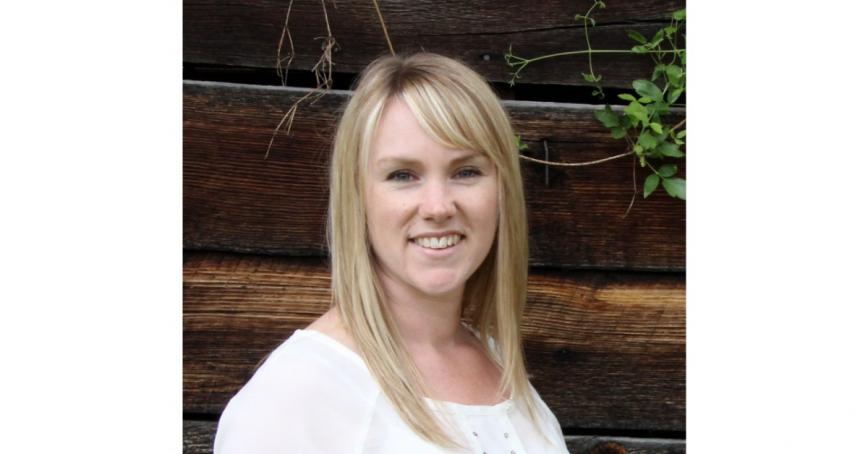Moving from the bedside to webside during COVID times
Topics
Featured
Share online

A Master of Arts in Learning and Technology student has created British Columbia’s first clinically focused virtual health course to support health authority professionals transition their practice from the bedside to webside.
“Health care video consultations were being done pre-COVID, but it just exploded,” says Christy Boyce, a member of the virtual health team for Fraser Health and former respiratory therapist. “We really needed to get them something clinical and supportive online quickly.”
Integrating Virtual Health into your Practice, a 45-minute interactive multimedia course, has supported more than 100 providers in Fraser Health since it was launched in late July. While currently only available in Fraser Health, Boyce is hoping to work with other health authorities to adapt the course to their needs.
The rapid increase in virtual health visits solved one problem—the risk of potential transmission between patient and provider—but it created others, she says.
“We got a lot of questions in our inbox—clinical questions—about things like ‘how do I talk to my patient about risk and privacy?’ ‘How do I teach patient groups using Zoom?’ ‘What about patient care and quality?,’” Boyce says.
The course includes simple pre-and post visit checklists to assess individual patient needs and covers everything from reading body language cues, to creating a trusting relationship online, to how to annotate on screen and create engaging discussions.
“It’s natural to get overwhelmed using a tool that you're not comfortable with and you forget how good you are at patient care,” Boyce says. “This [course] walks our practitioners through staying patient-centred instead of becoming overwhelmed by the technology.”
It also addresses the social barriers that come with a dramatic shift to online care.
“Patients don't always have Wi-Fi, they don’t always have devices and so now we've created a disparity,” she says. “It’s important to be thoughtful and creative and think about how we can get around that.”
Boyce says she drew heavily on the design thinking and values-based leadership approaches she is learning at Royal Roads to create a course focused on compassionate, patient-centred care.
“[We learned] education can occur through these various technologies but foundationally, there is a need to understand the teaching and learning relationship and that mirrors the patient-clinician relationship,” she says.
“We’re marrying clinical caring and the use and adoption of a technology, so doing that through a really informed lens of best possible user design is really vital.”